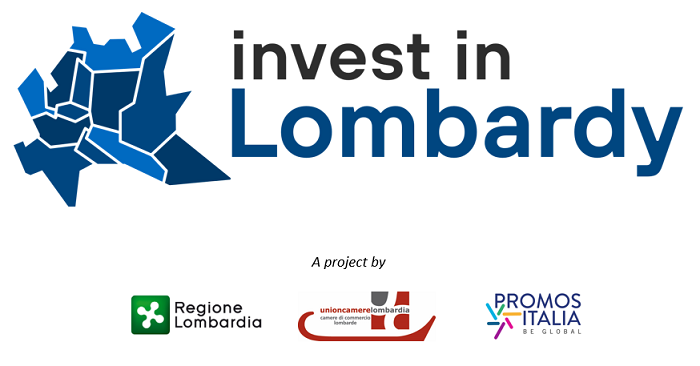With global labor costs balancing at the international level, a new trend is gaining momentum: reshoring. After decades witnessing the offshoring flood of manufacturing companies, a growing number of businesses across Western countries are bringing their manufacturing efforts back from overseas.
As recently explained on Econopoly, the reshoring phenomenon often goes hand in hand with the new wave of technological transformation within the business world, a process usually referred to as Industry 4.0. As ironic as it may sound, though, the close relationship between reshoring and Industry 4.0 brought with it a reason of concern: in the future, automation might cause unemployment.
On this coast of the Atlantic the context looks less worrying. Why Italian companies should be more optimistic?
In Italy, a leading country when it comes to bring manufacturing and services back, reshoring has become an economic development strategy. If we compare the structural aspects of reshoring in Italy and in the US, it’s not difficult to outline the reasons why the process are so different. Firstly, whilst in the US large industrial groups tend to prevail, the Italian business world is mainly made up of family-run small and medium-sized enterprises. Typically, the offshoring process was guided by the owner (the property in Italy is usually involved in the management). Key members of the family were in charge for the delocalisation, flying back and forth to Romania or China, often together with engineers and plant managers, whilst at the same time supervisioning the Italian operations. This style of delocalisation is the origin for a common disappointment, after the first satisfaction linked to cost reduction, due to:
- lack of quality
- lack of control
- lack of competitive advantage related to “made in Italy”
- lack of competitive advantage related to a location included in an industrial district
- lack in effectiveness due to scarce resources available to manage Italian operations and foreign plants at the same time.
A similar explanation has been provided by the European Economic and Social Committee, according to which “home country incentives are necessary but not sufficient”.
In this context what are the prospects for Lombardy? It is fair to assume that the reshoring trend, combined with the transformations related with Industry 4.0 and the support granted by incentives included in the new Stability Law 2017 (Legge di Stabilità) will accelerate in the foreseeable future, confirming once again Lombardy’s attractiveness for both local and foreign investors. The density of technology-related businesses in the region will benefit from the incentives, as we will comment in future articles.


